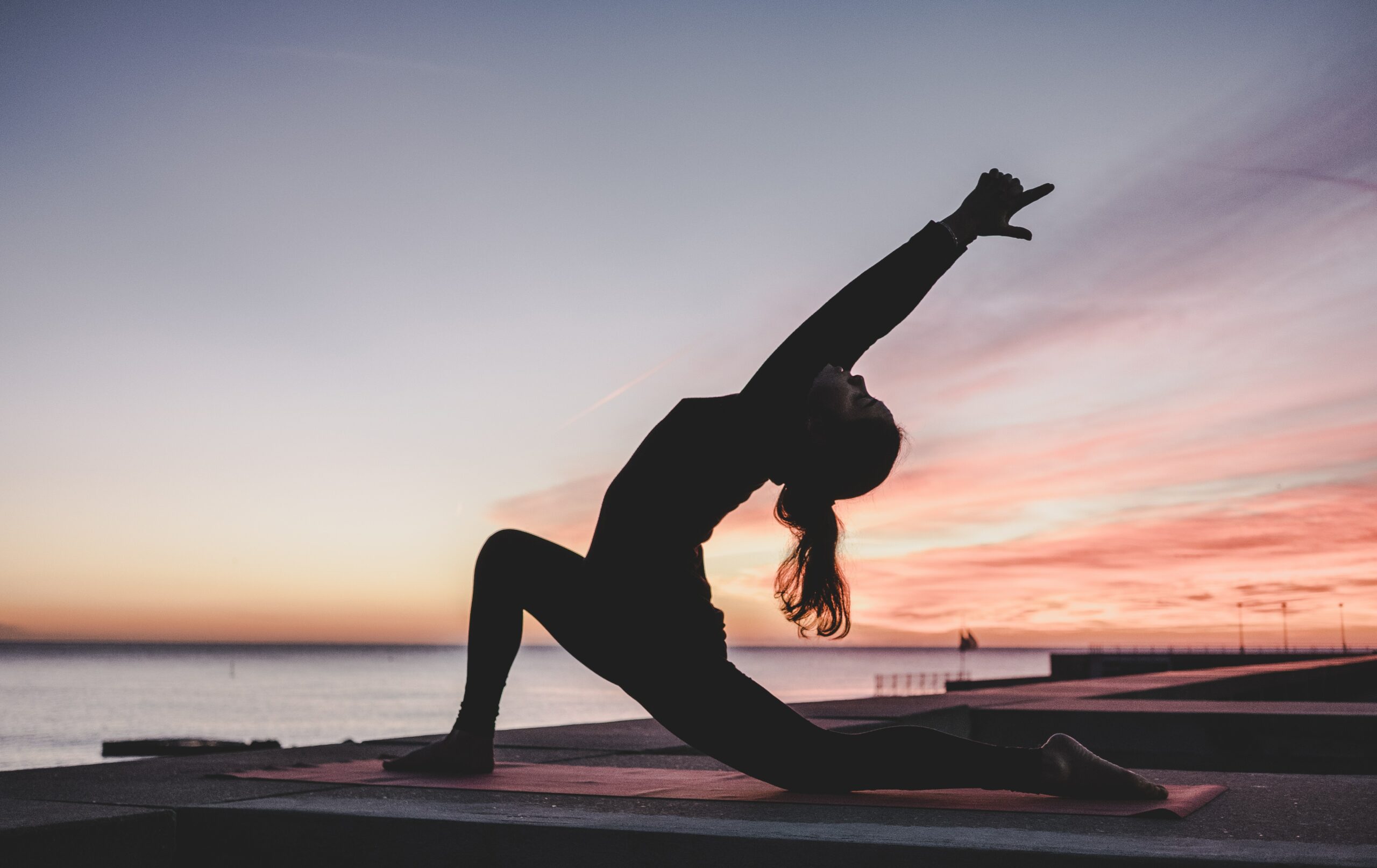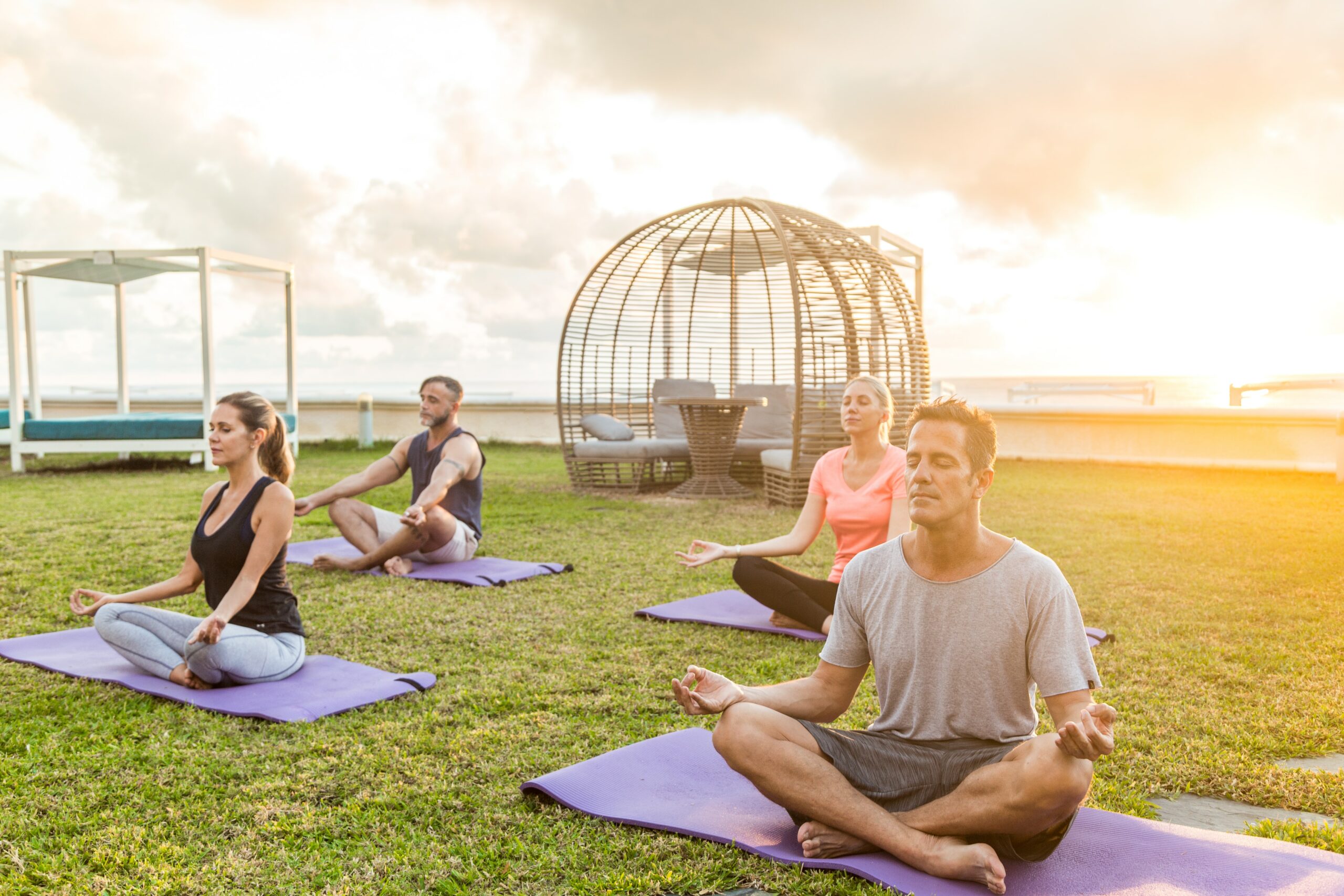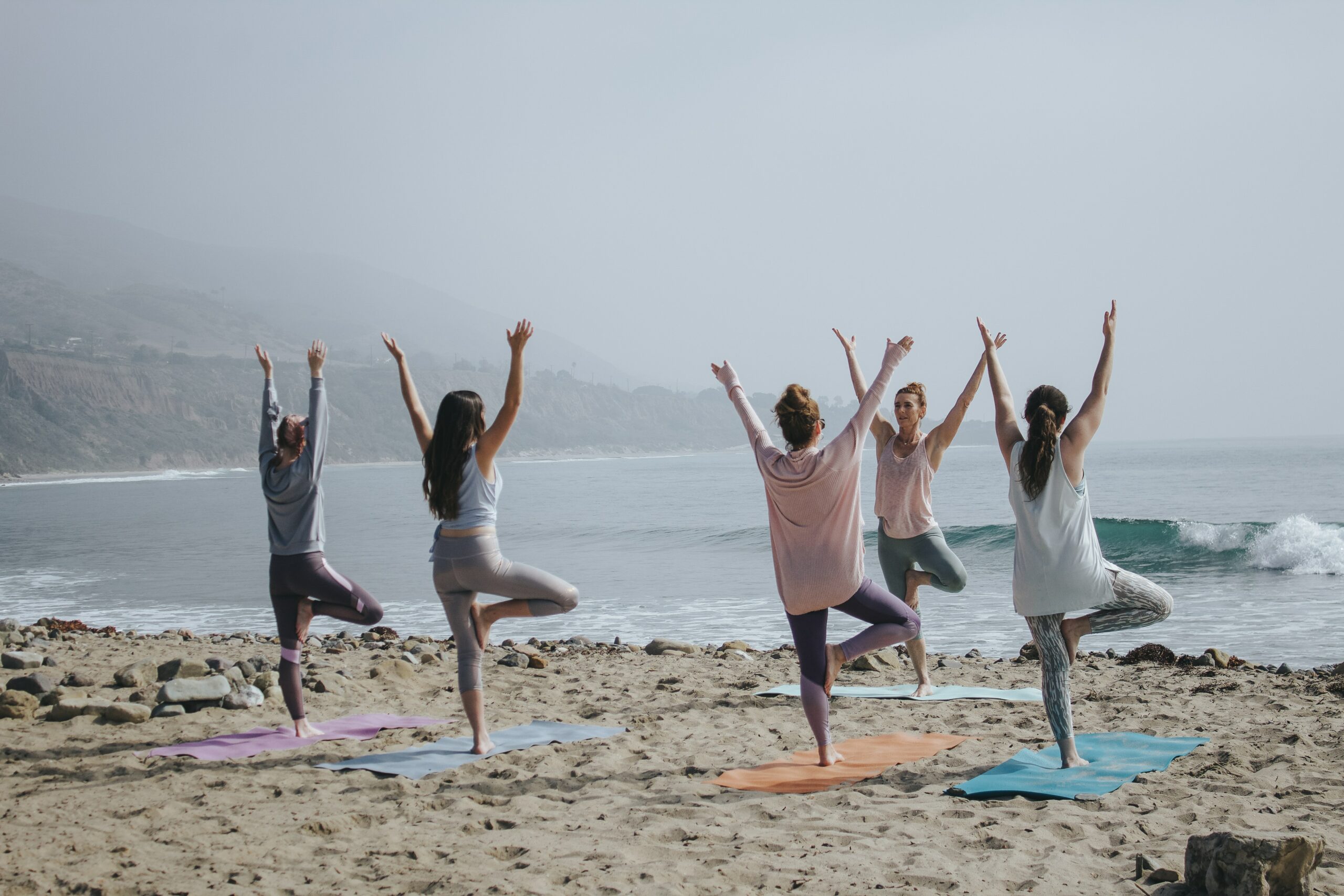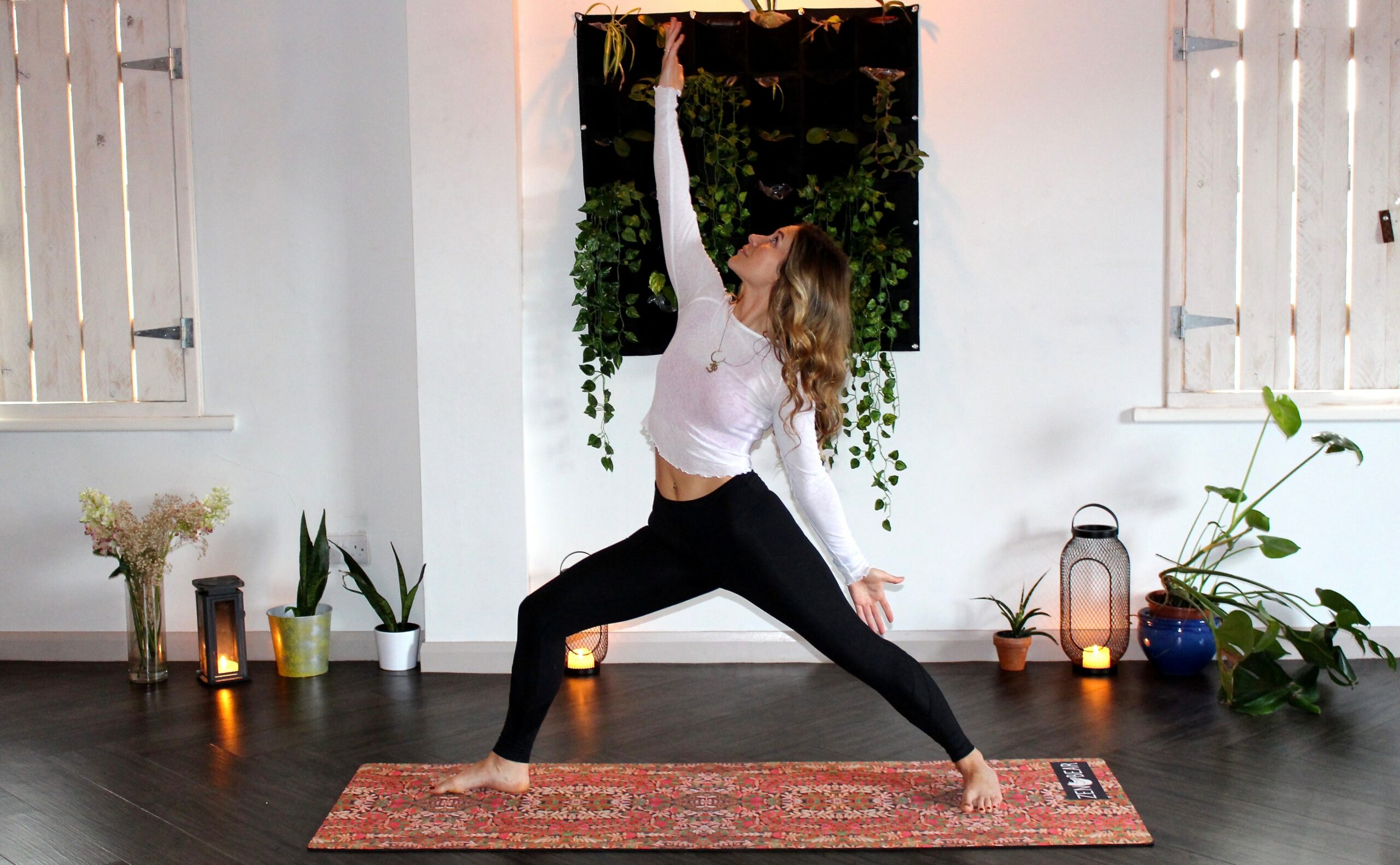There are several ways in which Ashtanga yoga has impacted my life. My mental health has improved as a result of increasing physical strength and flexibility in my body. Practicing these yoga as a daily habit is entirely safe. My Experience with Ashtanga Yoga and Anxiety and Depression The most traditional way to practice yoga asana is as a long series of postures interspersed with vinyasa breathing.
When it comes to yoga, Ashtanga may be regarded as the most physically demanding. When it came to learning how to meditate in the past, the most common method was “Mysore-style” self-practice.
With other sweating practitioners in the room, it’s even more difficult! Using this technique has taught me a great deal about myself and has proven beneficial in the long term. Here’s what you need to know if you’re considering Ashtanga yoga.
If you take into account the following benefits, you’ll be more inclined to participate:
I talked about it with everyone who would listen about anything and everything I could think of. Because I want other people to have the same opportunities that I have! It is, nonetheless, one of the most adaptive types of yoga now available.

Ashtanga Yoga’s health benefits include:
Increase your ability to adapt. This aim can be achieved in as little as a month by practicing Ashtanga yoga consistently and mindfully. As important as it is to pay attention to your body and move with caution,
Do the following to increase your cardiovascular fitness:
There are numerous breathing exercises between each pose to keep your heart rate elevated throughout. The primary series of Ashtanga induces significant sweating in those who have practiced for an extended period. In addition to working your cardiovascular system and developing your physical strength and flexibility, you are also working out your cardiovascular system.
Ashtanga Yoga Improves Your Performance:
The same thing has happened to everybody. To increase muscle tone, should do the following:
I think my arms and shoulders have gotten a lot more toned and firm, if I’m being honest. It is possible to achieve greater strength because you are concurrently building muscle across your entire body while performing these movements.
Strength training for Ashtanga Yoga:
There are sixty vinyasas in Ashtanga’s main series. Each position has a distinct transition. Many of the techniques require you to balance your total body weight solely on your hands or one leg, which might be a bit of an obstacle. Strengthen your core and overall body at the same time with this method.
Help reduce tension and anxiety with these activities:
The repetition of the same postures every day may be too tedious for some people, and they lose interest due to this. Focus on your breathing instead of thinking about your feelings. Your practice will become more like a movement meditation, and you’ll feel more relaxed and at ease afterward.

What happens if you improve your muscle mass while improving your cardio?
The fat around my arms and midsection has shrunk since I started practicing Ashtanga every day. Maintaining good physical health as you age is a great benefit of yoga. Burning fat is the only way to reduce weight. Yoga is a beautiful way to keep your body in shape as you become older, as your body is more vulnerable to injury.
The reasons and ways Ashtanga helped me deal with my anxiety and sadness. Low blood pressure is excellent for the heart. Ujjayi, a breathing technique in Ashtanga , is a deep inhale practiced during the practice. To achieve long, deep, and soothing breaths.
Essential for Ashtanga Yoga: Preventing injuries is vital.
Allowing you to live longer with a better quality of life, as well as being supple. A safe and mindful Ashtanga practice will reap the advantages. As a result of completing this program, you will have a more injury-resistant body. It means it can be a terrific supplement to other forms of physical exercise.
Follow these steps to improve your focus and creativity:
When you’re completely relaxed and unconcerned about the future, you’ve reached the sweet spot. A person’s mind becomes virtually transparent when they cease dwelling on their past or future. At first glance, it seems counterintuitive that you should be planning for the future while you’re amid the present.

These are the Ashtanga Yoga’s eight limbs:
It is a state of total relaxation in Samadhi (Salvation). There is now a merger between Jivatman and Paramatman. The confluence of Shiva and Shakti is symbolized by the Sahasrara Chakra (the top of the head). Individual awareness merges with the universal consciousness in this condition of ecstasy and joy.
Ultimately, human striving culminates in the realization of the Brahman (pure consciousness), also known as God. Securing oneself in a stable and comfortable position is essential for maintaining one’s mental equilibrium. There is no doubt in my mind that Yuki is one of the greatest wrestlers of all time (Principles or moral code). Ahimsa, often known as nonviolence, is a fundamental tenet of Hinduism. Honesty and dependability are the cornerstones of the Satya philosophy.
Meditation, or dhyana, as it is commonly known:
To concentrate attention on a single object when meditating, one must remove all extraneous distractions. Can use the non-hoarding or non-possessiveness principle of aparigraha in any scenario. The Japanese verb Ayama translates as “to purify” (Personal Disciplines). The word “purity” is translated as “touch.”
Satisfaction for Santosh. ‘Tapa’ means “to endure” in Spanish. The practice of self-study, or Svadhyaya Posture is known as asana (Yoga Positions or Yogic Postures). Eshwar Pranidhana, or “Dedication,” is the translation.

A practitioner of Ashtanga yoga must follow the eightfold road to spiritual arousal to achieve this. The body’s movement in unison with another body part causes spiritual arousal and awareness. A more awakened mind produces tapas, and this raises one’s consciousness.
Those that practice Ashtang tend to be more traditional in their outlook. Actions that must perform in a specified sequence are included. Many people use the terms “Vinyasa” or “Ashtanga” interchangeably, which is terrible. There is indeed a difference. Ashtanga yoga can’t be tampered with. Surya Namaskar is a sequence of yoga postures that are part of this type of training.



